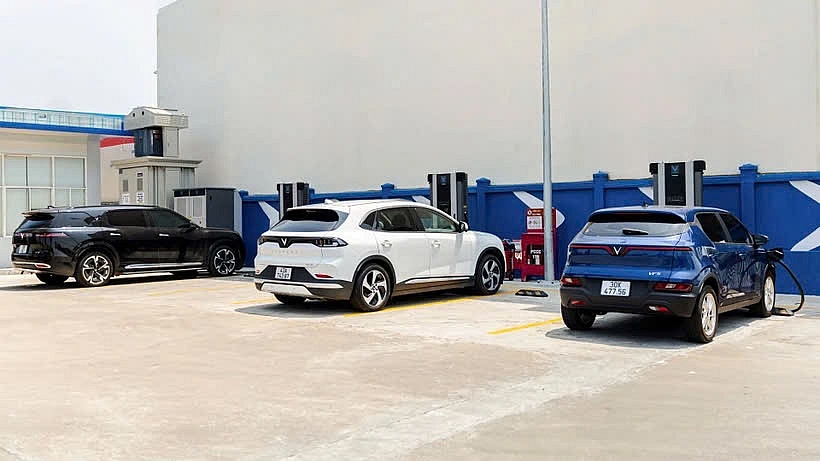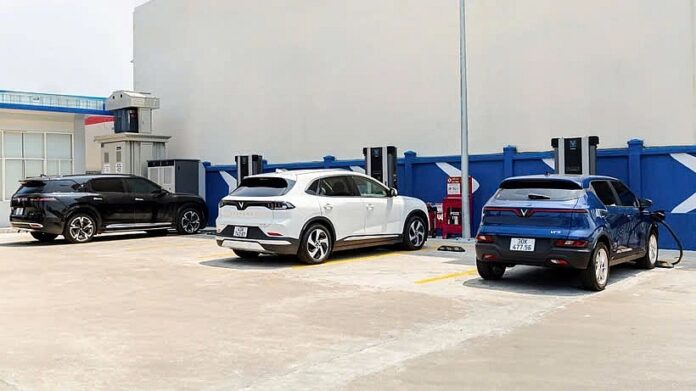 Source: VinFast
Source: VinFast
Developing Dedicated Standards and Regulations for Electric Vehicle Inspection
In terms of inspection procedures, the Directorate for Standards, Metrology and Quality is working on a comprehensive overhaul of the inspection process for electric vehicles. While inspections for gasoline and diesel vehicles focus on engines and emissions, electric vehicle inspections will zero in on core safety aspects such as battery safety, electrical system and brake safety, and software control safety.
According to Mr. Nguyen To An, Deputy Director of the Directorate, the shift from fossil fuel-powered vehicles to electric and green energy vehicles is an inevitable trend. The Directorate is determined to stay ahead of the curve to facilitate individuals and businesses embracing this evolution.
Currently, the Directorate is taking a step-by-step approach, starting with developing dedicated standards and regulations for electric vehicle inspections, drawing on the experiences of leading countries like those in Europe, the US, Japan, and China.
Subsequently, there are plans to invest in specialized equipment for diagnosing electronic systems. By collaborating with manufacturers to integrate data, the Directorate aims to access real-time data on the “health” of batteries directly from the vehicles’ systems, making inspections faster and more accurate.
Concurrently, comprehensive training programs will be organized to educate inspection officers about the unique construction and potential risks associated with electric vehicles.
Incentives and Encouragement for Electric and Low-Emission Vehicle Usage
Moving forward, the Directorate plans to propose to the Ministry of Construction a discounted inspection fee structure for electric vehicles, making it lower than that for internal combustion engine vehicles. This will serve as a direct incentive to encourage individuals to adopt greener and cleaner transportation options.
The government and various ministries are already considering and working towards implementing a range of policies, including incentives, encouragements, and transition support. Additionally, an “emission fee” based on vehicle emissions is under consideration, where older and more polluting vehicles would incur higher operating costs.


















